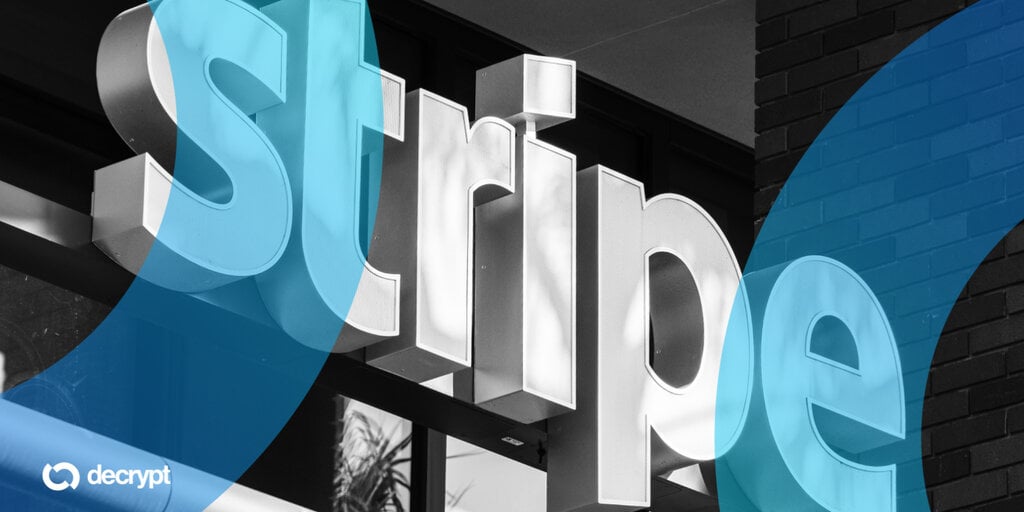Christian Catalini, co-creator of Facebook’s Libra project, warned on Friday that Stripe’s Tempo and Circle’s Arc could succeed commercially but at the cost of crypto’s decentralization ideal.
Launched in 2019, Libra was Meta’s bold bid to create a global digital currency backed by a basket of stable assets. The project promised to make payments as seamless as messaging, but it triggered immediate backlash from regulators concerned about financial sovereignty, systemic risk, and user privacy. By 2022, Libra — renamed Diem in a bid to reset its image — was shuttered and its assets sold off.
Catalini, who served as Libra’s chief economist, used his Sept. 5 thread on X to revisit the project’s early compromises and explain why they matter now. He said the original open design, developed with Harvard economist Scott Kominers, was reduced to a short appendix after months of regulatory negotiations.
The first major retreat, he wrote, was abandoning non-custodial wallets. Regulators insisted on a “clear perimeter,” meaning a responsible intermediary they could contact — and penalize — if problems arose.
For supervisors used to intermediated finance, a world where users truly held their own money was unmanageable. “For them, killing self-custody wasn’t a choice, it was an obvious necessity,” he recalled.
Catalini noted the irony: today, open networks are developing compliance tools native to blockchain that could have addressed these concerns more effectively than traditional frameworks. But back then, Libra was forced to strip away decentralization, a change he described as an early signal of where corporate-led projects were heading.
His broader lesson was stark: “As long as there is a single throat to choke — or a committee of them — you can’t truly rewire the system. Worse, any network with an architect is living on borrowed time.”
Arc and Tempo in the Spotlight
Catalini placed Stripe’s Tempo and Circle’s Arc in that context. Both are new blockchains designed explicitly for payments, promoted as stablecoin-first infrastructure for enterprises and fintechs.
Circle launched Arc on Aug. 12, presenting it as a Layer-1 network purpose-built for stablecoin finance. Unlike public chains that rely on volatile gas tokens, Arc uses USDC for fees, offering predictable, dollar-denominated costs.
It integrates a built-in foreign exchange engine, promises sub-second finality, and includes opt-in privacy features. Circle said Arc will support cross-border payments, onchain credit systems, tokenized capital markets and programmable, automated payments.
Just weeks later, Stripe and Paradigm unveiled Tempo on Sept. 4, describing it as a payments-first blockchain capable of handling over 100,000 transactions per second.
The network is EVM-compatible, features a dedicated payments lane with support for memos and access lists, and allows users to pay both transactions and gas in any stablecoin. Stripe said early design partners include Visa, Deutsche Bank, Revolut, Nubank, Shopify, OpenAI, Anthropic and DoorDash.
Both projects were marketed as steps toward mainstreaming stablecoin payments. But for Catalini, they raised a deeper concern.
A Revolution or a Failed Coup?
Catalini argued that corporate-led chains like Arc and Tempo risk simply rebuilding the old financial system with new players in charge. Instead of displacing card networks and banks, he warned, they could elevate fintech giants to the same position of dominance. “The throne will have new occupants, but it will be the same throne,” he wrote.
He also predicted such networks would fracture geopolitically, with Western and Eastern blocs unlikely to share a single corporate-led infrastructure. The result, he said, would be competing financial empires rather than the borderless system crypto’s early advocates envisioned.
Ultimately, Catalini described Stripe’s Tempo as a “referendum on the ghost of Libra.” If it thrives, he suggested, it may prove Libra failed because of timing, not design — and show that the dream of open, permissionless money has been overtaken by more pragmatic, centralized solutions.




